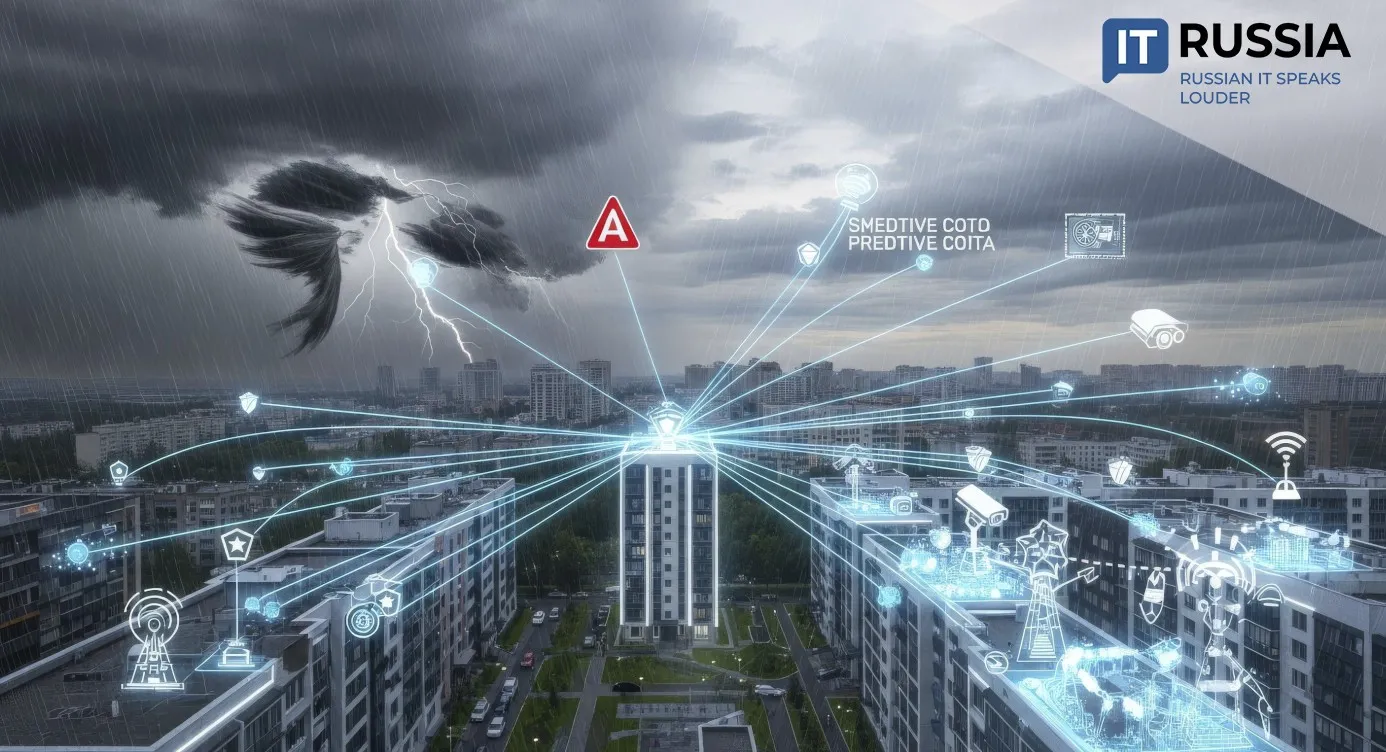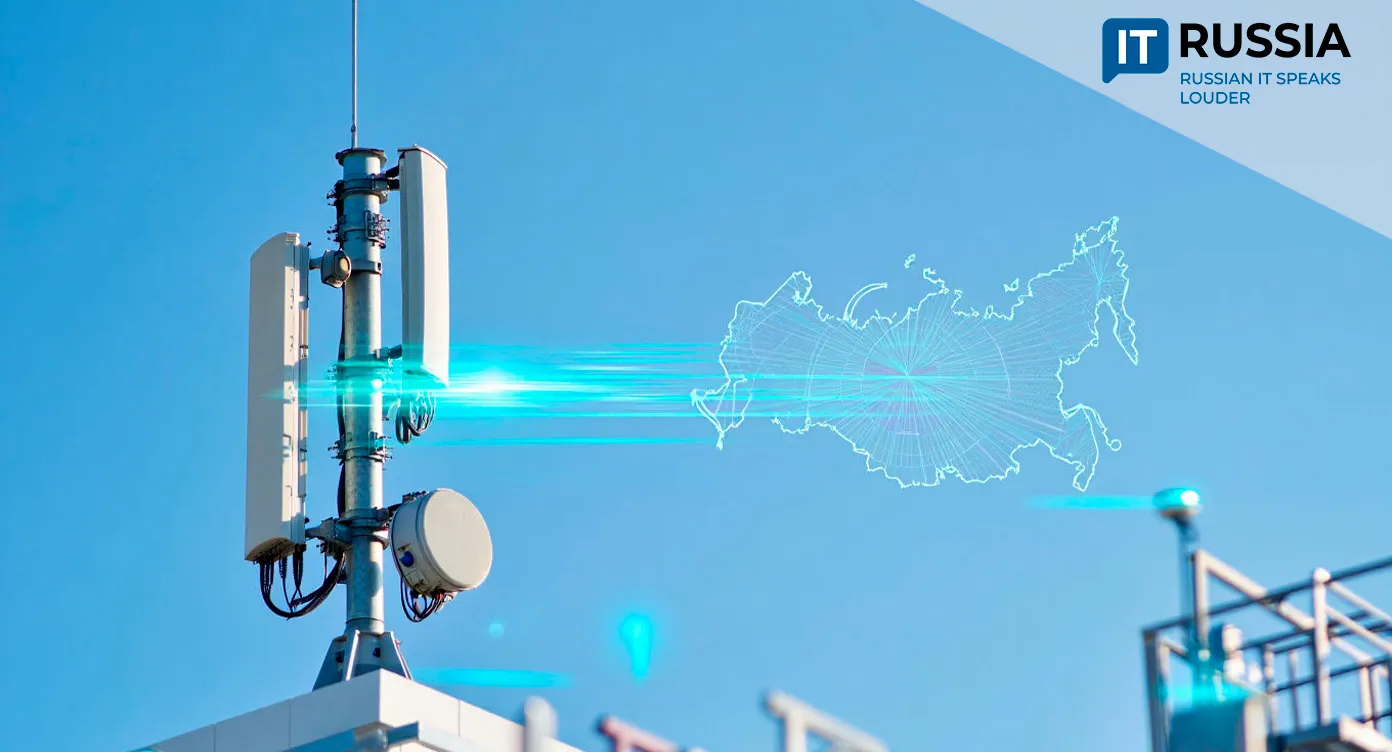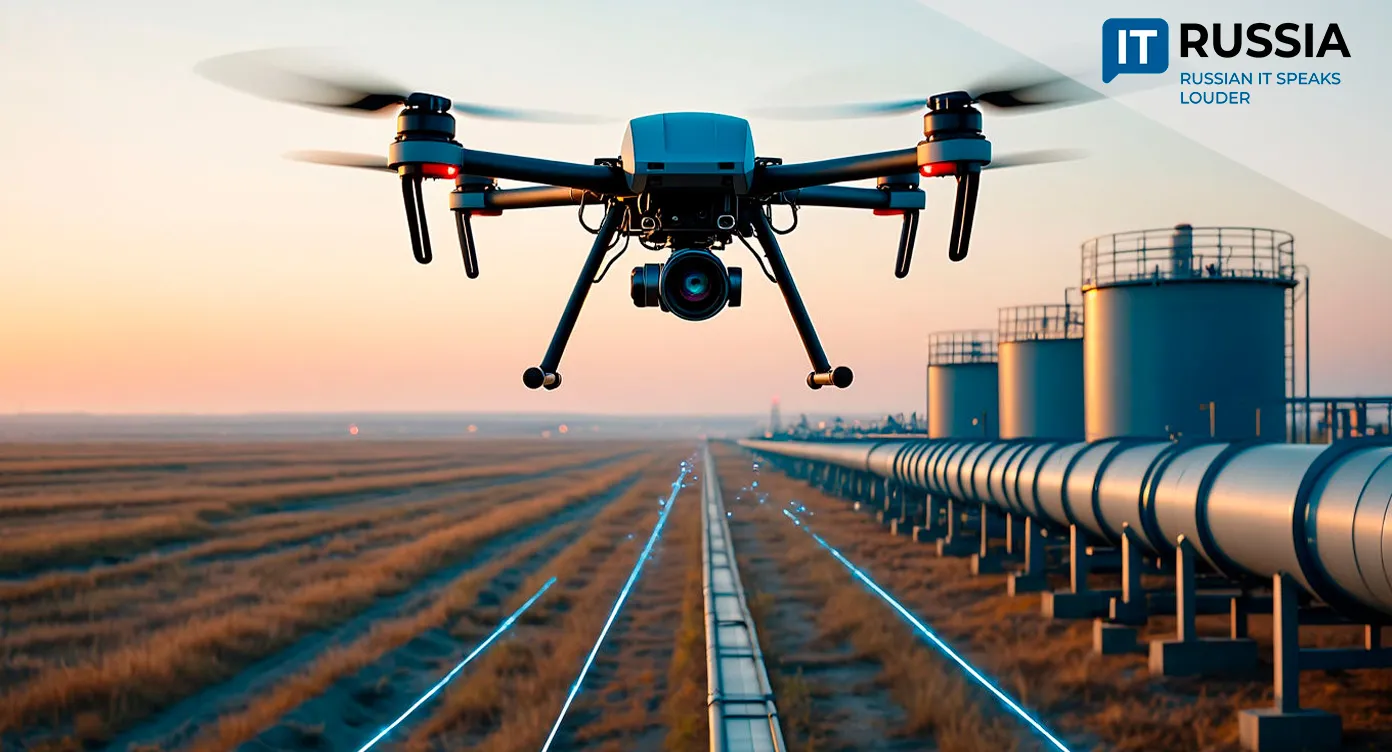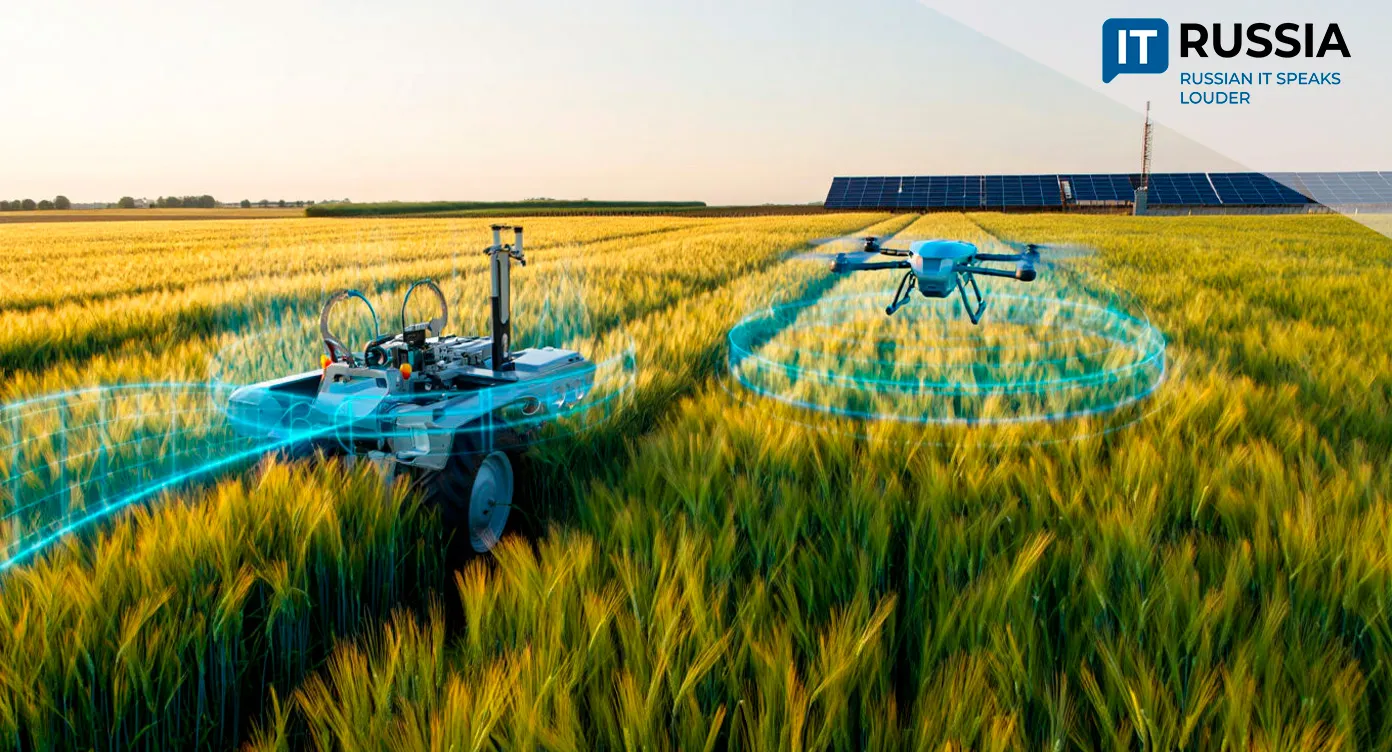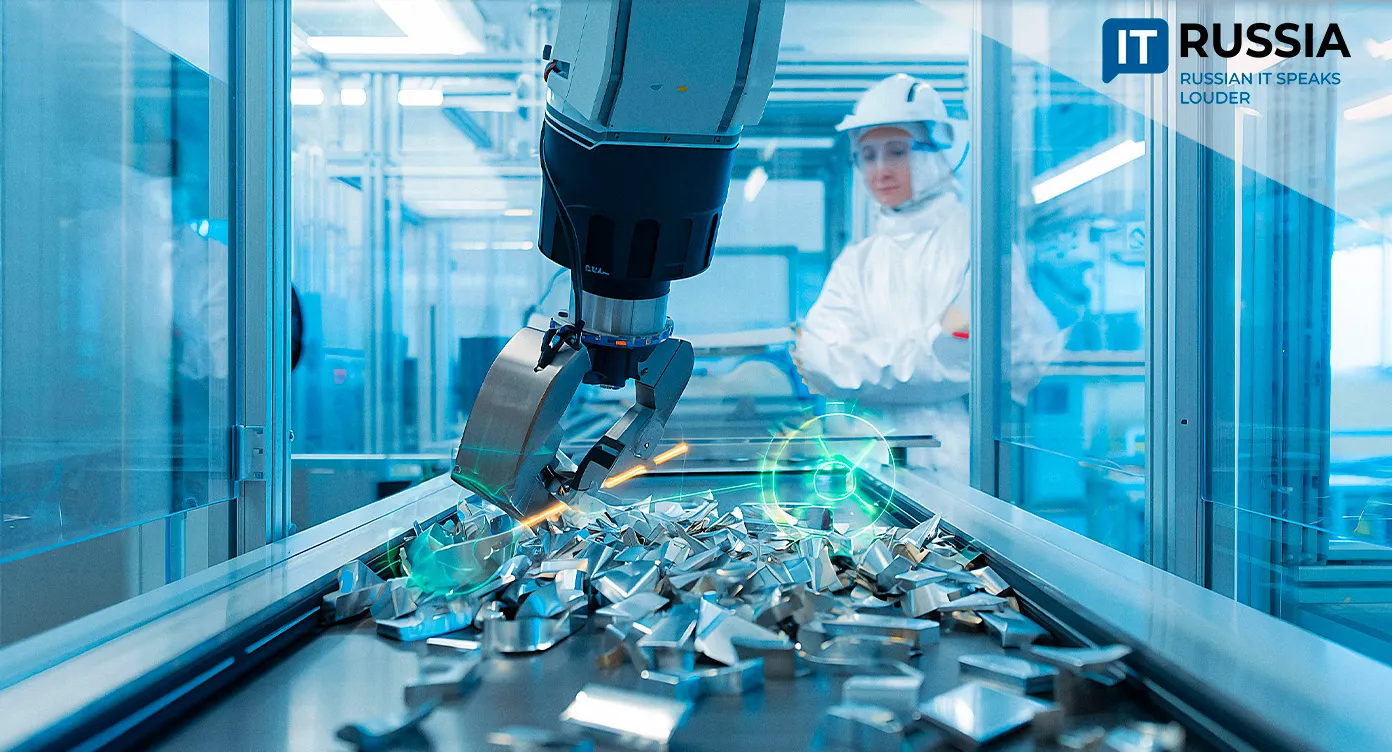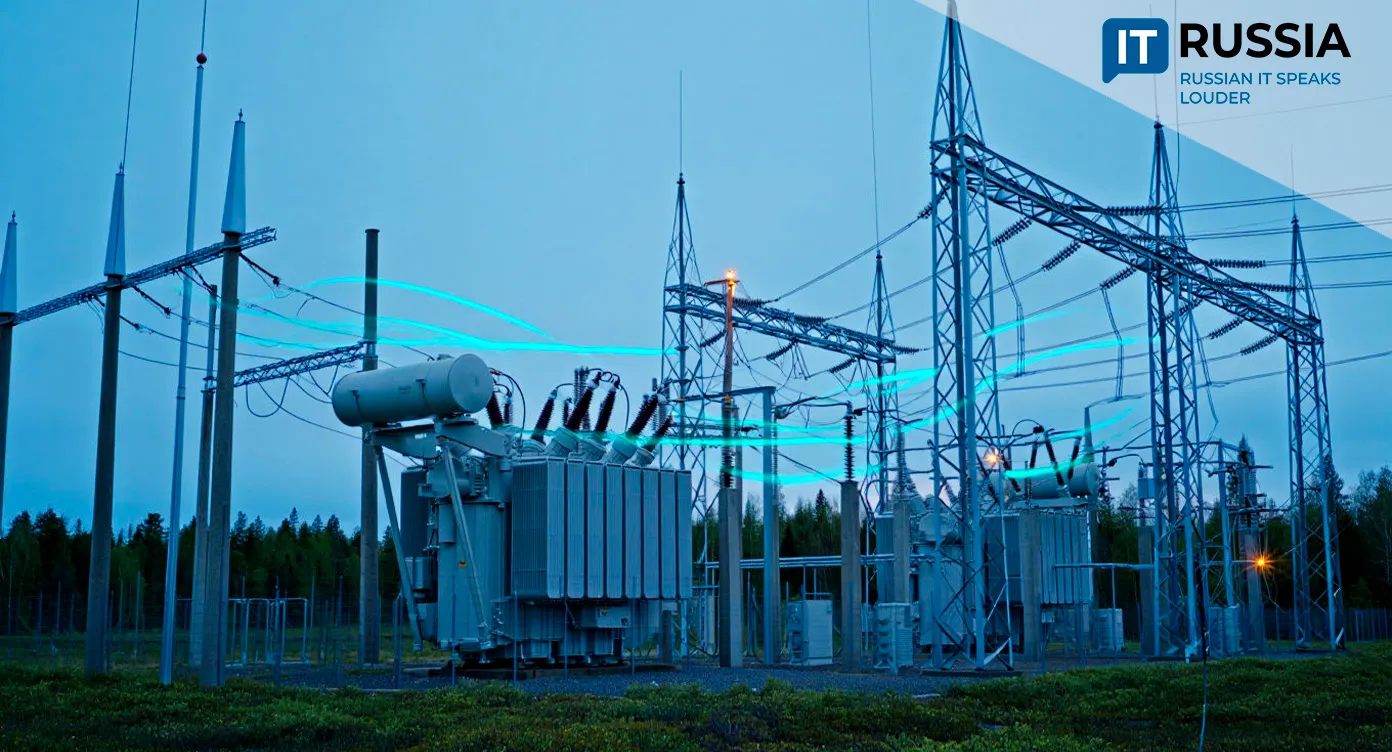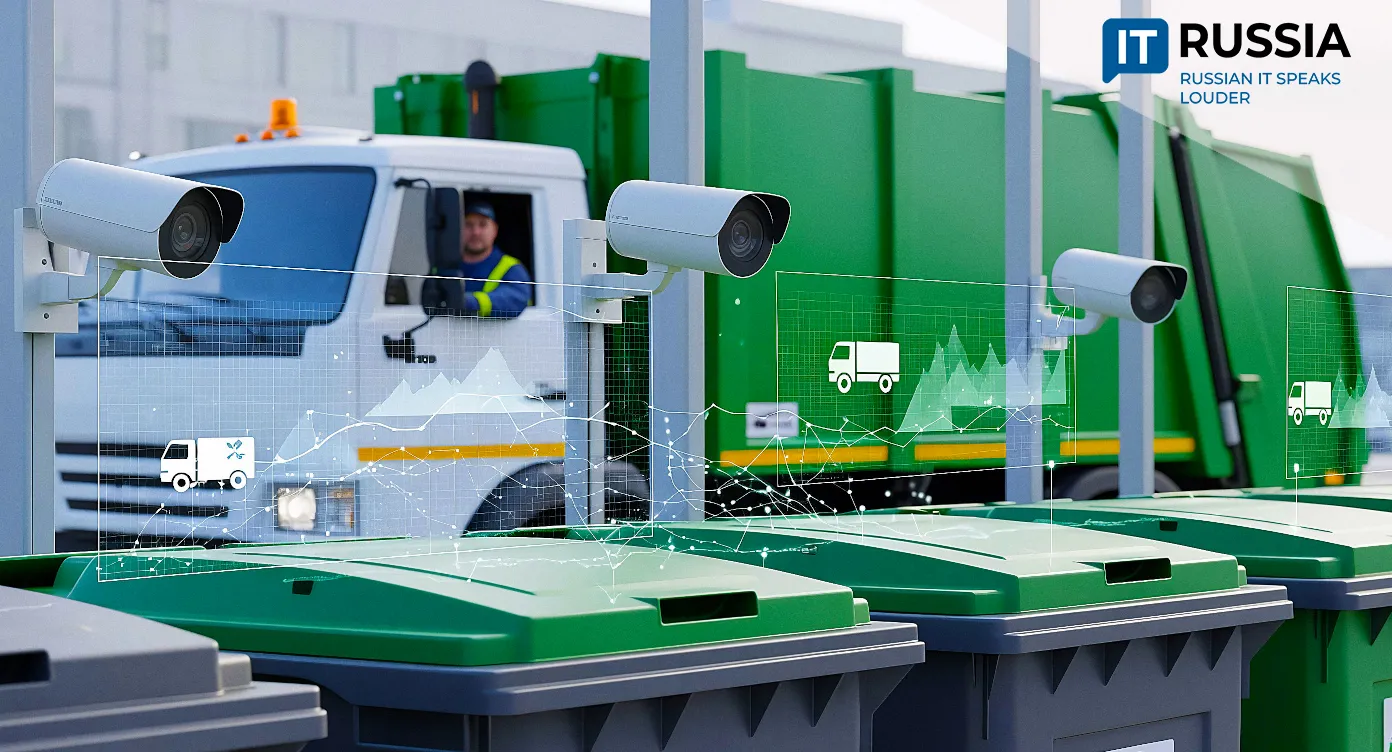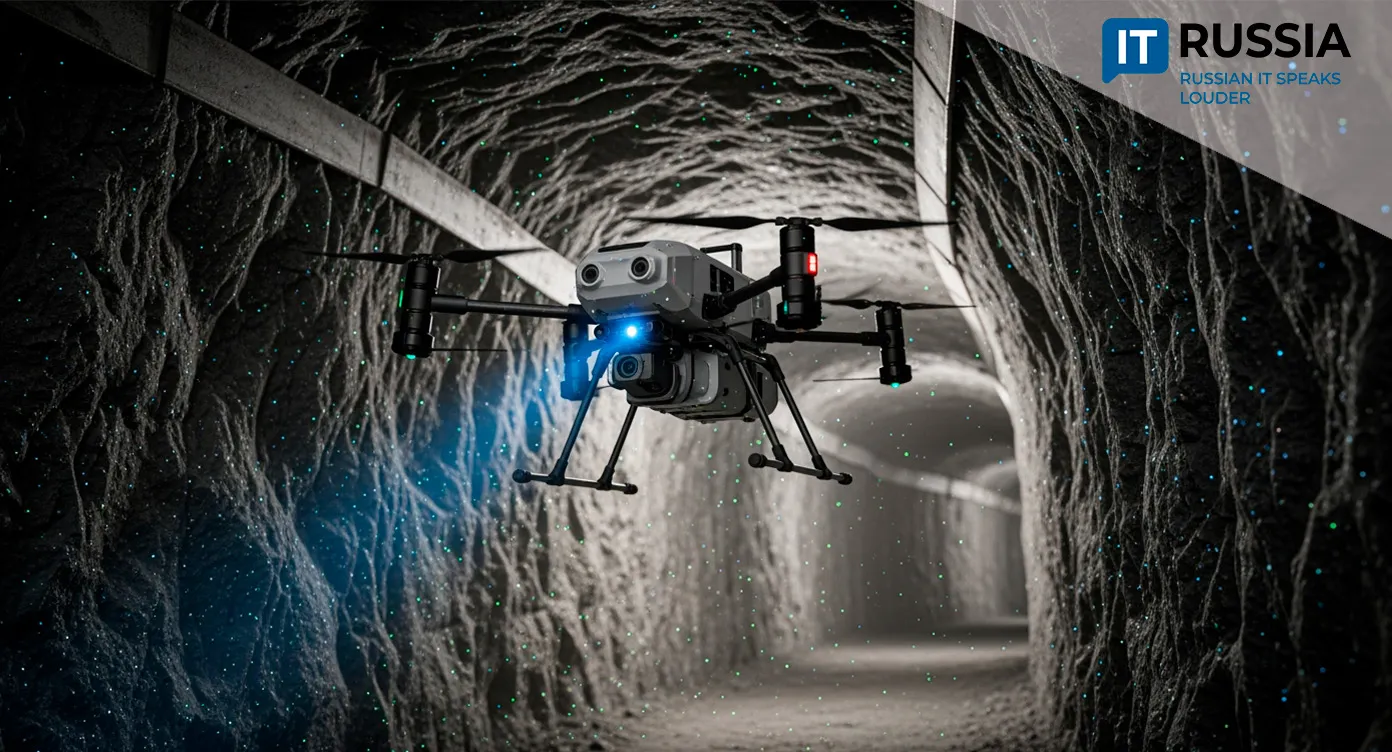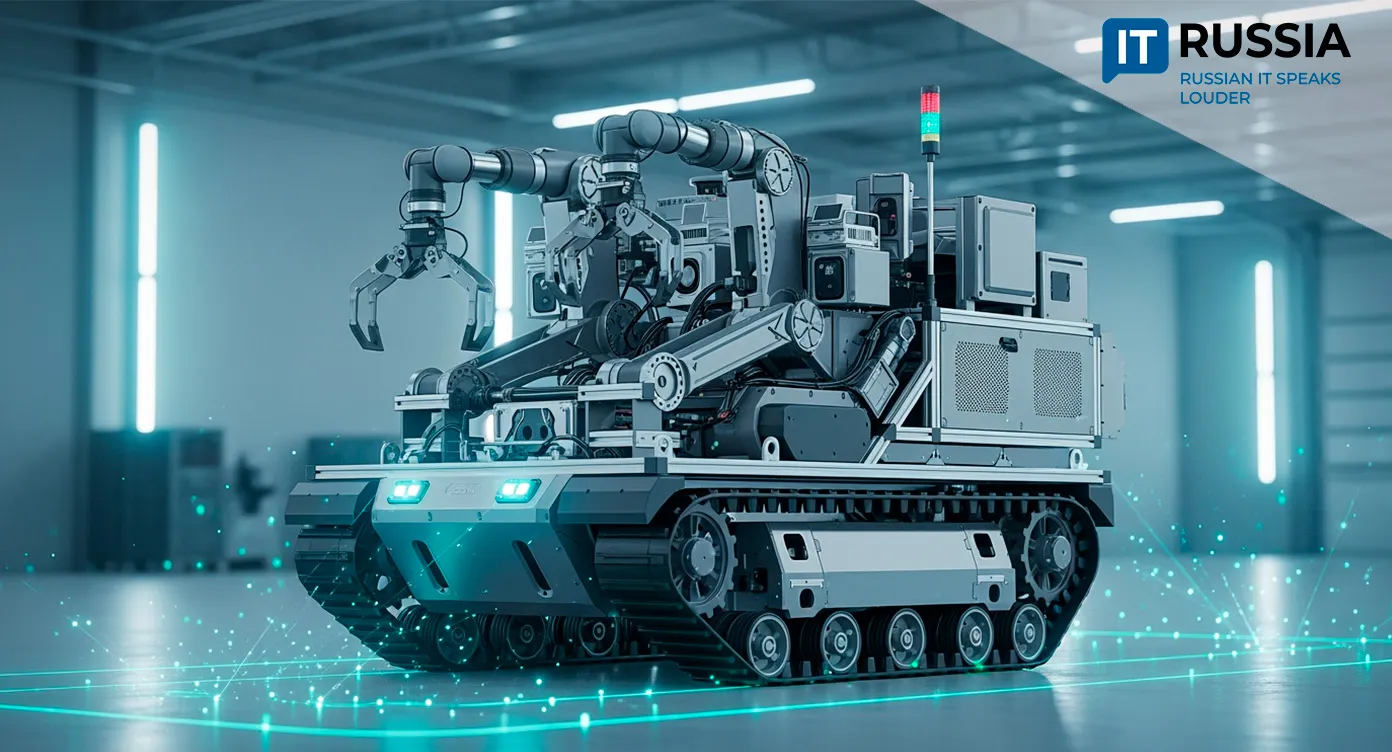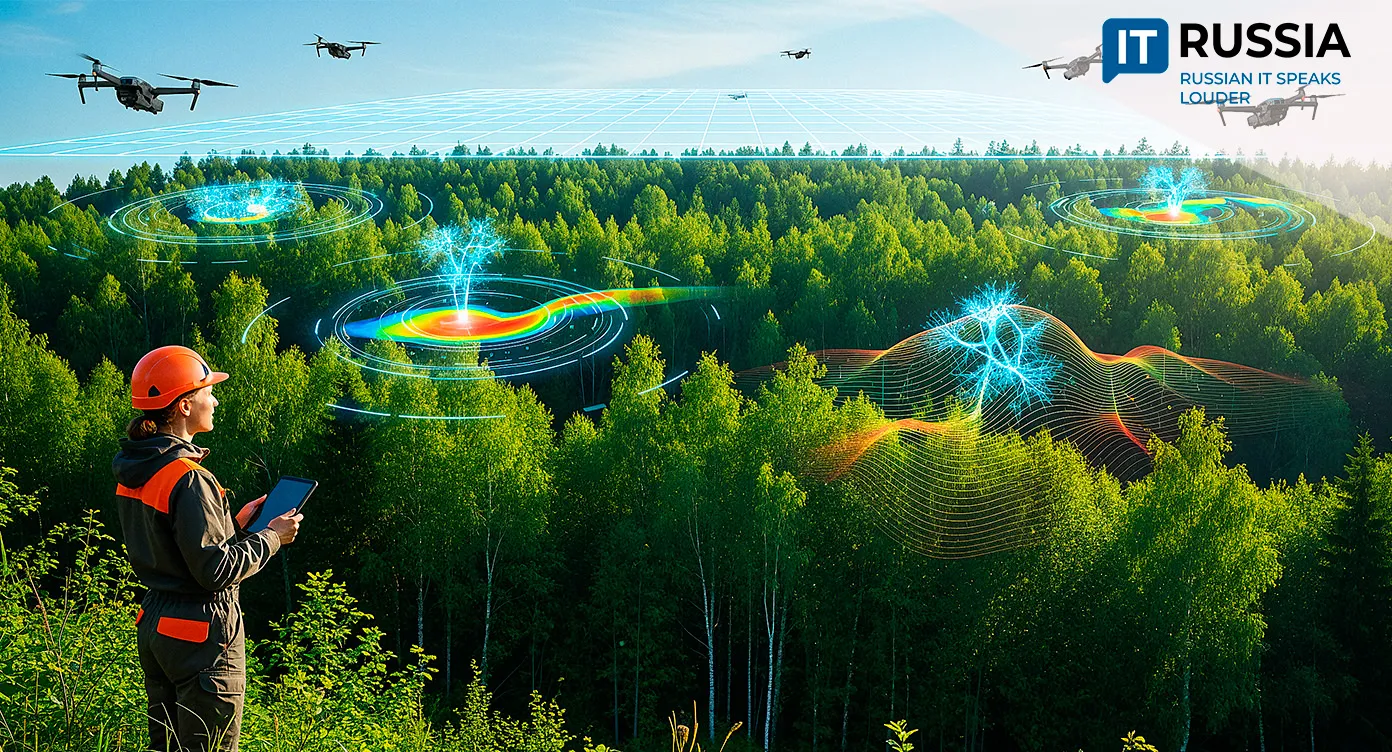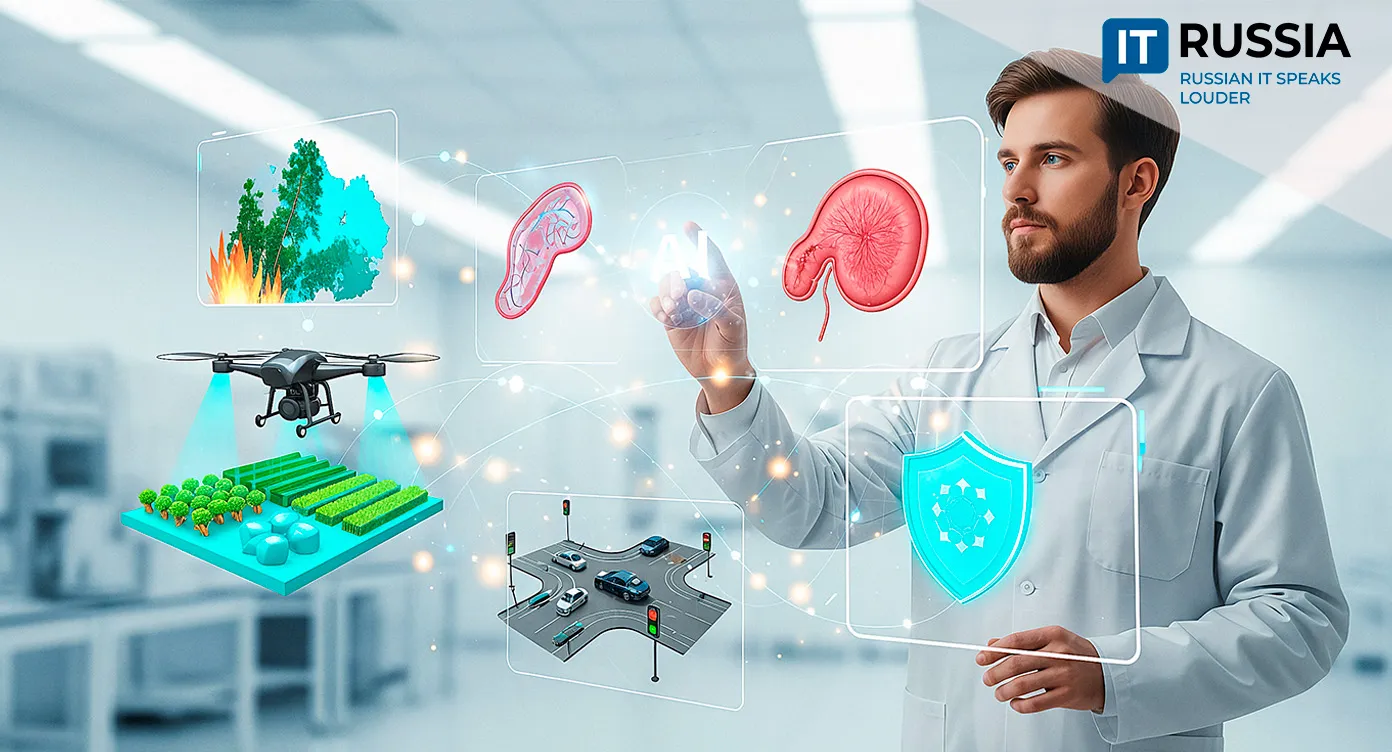Rosatom Announces Major Mining Robotization Initiative
Rosatom’s Mining Division has unveiled a large-scale robotization program, marking a shift from isolated pilot projects to a full-scale digital transformation across Russia’s industrial and IT ecosystem. By 2030, the state corporation plans to deploy 230 robotic complexes designed to minimize workplace injuries and improve operational efficiency.
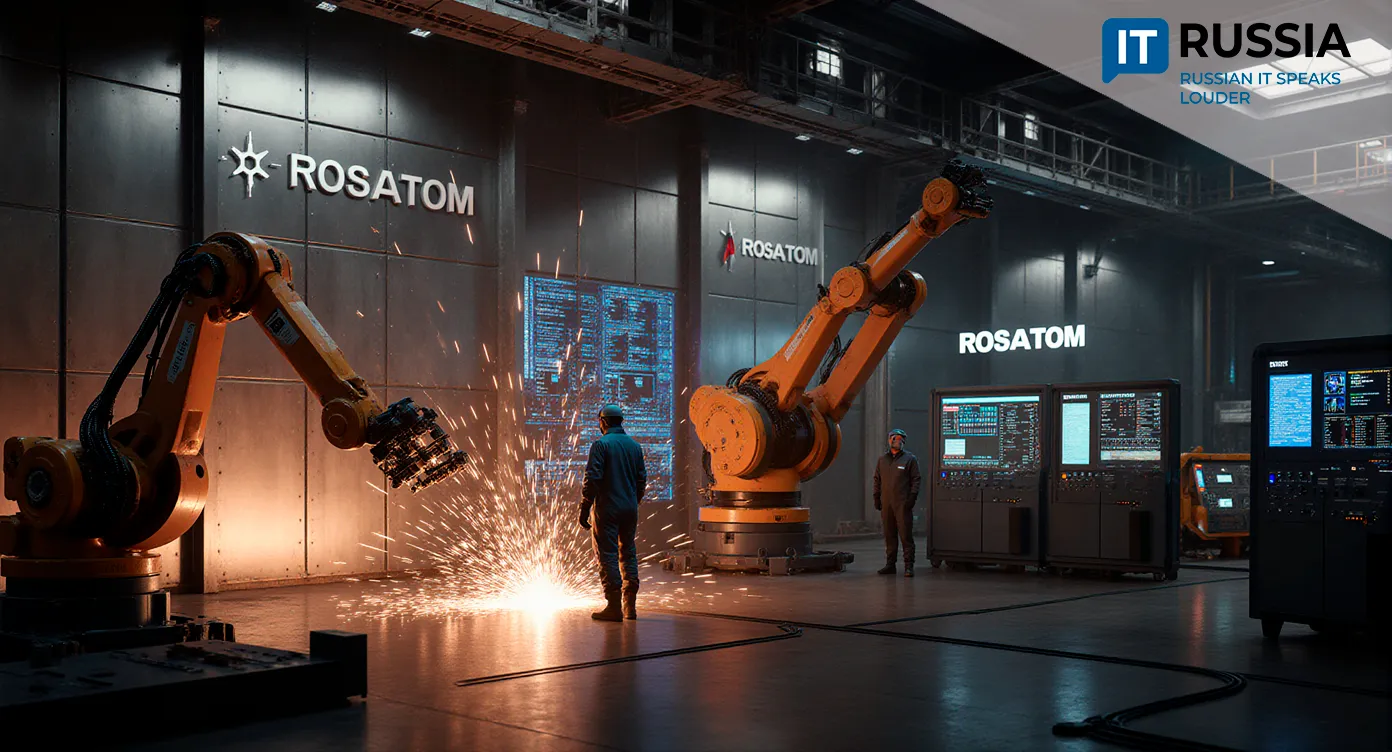
Safety and Efficiency First
Implementation of the program is already underway at several enterprises, including the Solikamsk Magnesium Plant. What sets Rosatom’s initiative apart is not just its scale but its systematic approach. Pilot projects such as magnesium pouring robots, remote-controlled workshops, and robotic welding systems have already proven their effectiveness—delivering measurable improvements in safety and productivity.
According to the company, accident rates within the Mining Division’s operations have fallen fivefold in just two years. This result has drawn attention across the entire mining sector, offering a compelling business case for automation.
Beyond the moral and social benefits, the economic rationale is clear: accidents lead to financial losses, production downtime, lawsuits, and reputational damage. By introducing robots to high-risk areas—metal pouring, gas-contaminated environments, or unstable excavation zones—Rosatom is mitigating human exposure to hazards while ensuring production continuity and data reliability.
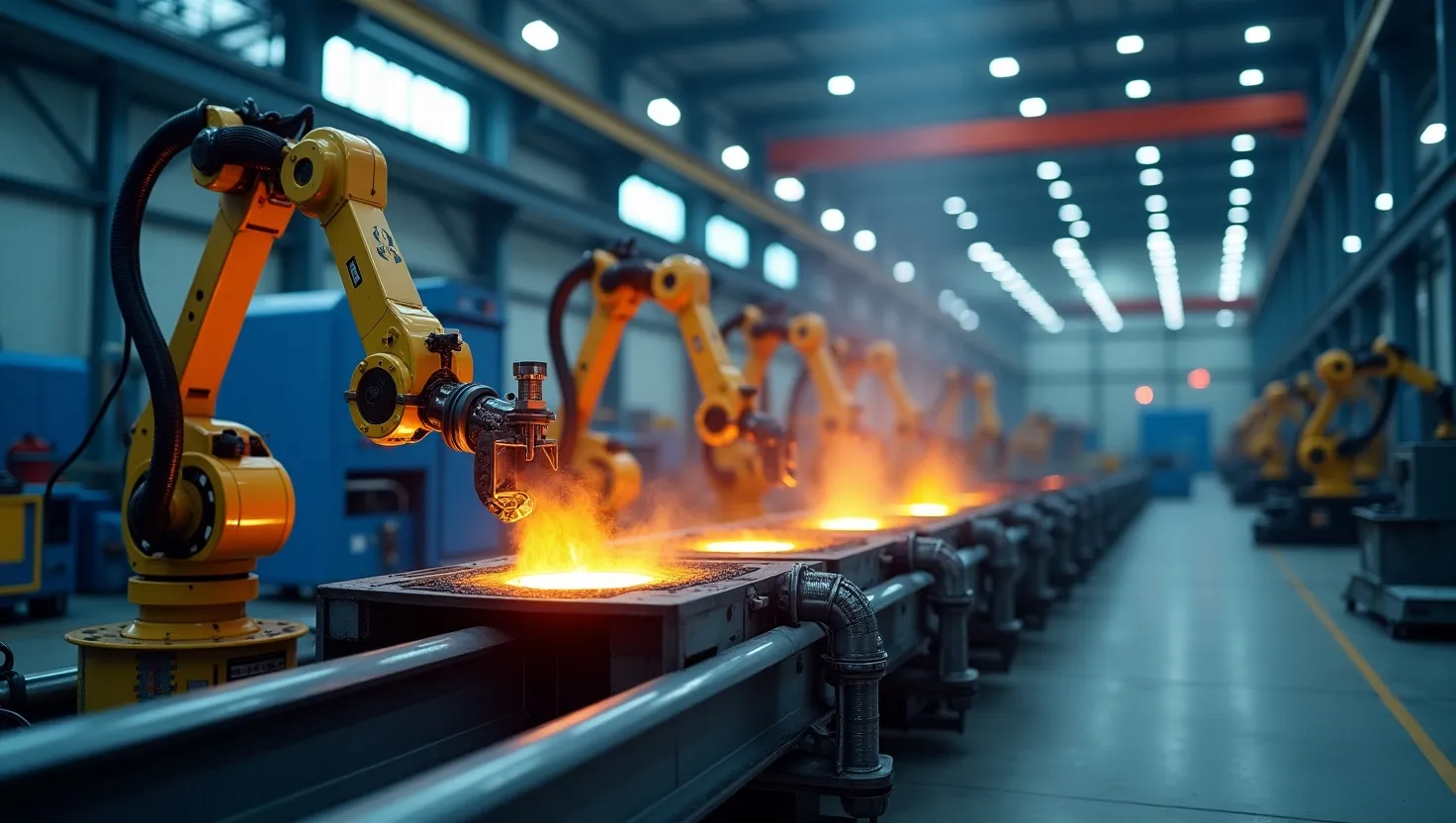
Robotic sensors collect real-time operational data, allowing managers to transition from reactive problem-solving to predictive decision-making—a key element of the industry’s shift toward smart mining ecosystems.
Toward Total Robotization
Over 100 specialists from Rosatom subsidiaries, as well as representatives of Uralkali and VSMPO-Avisma, attended the corporation’s recent safety conference, where the robotization strategy was discussed in detail.
The Mining Division’s R&D scope now includes exoskeletons for handling titanium sponge, automation of workwear logistics, and camera-based monitoring of work zones. The program also features warning systems for electricians and a unified digital platform for recording safety violations. By 2030, Rosatom aims to establish an integrated ecosystem where robotic complexes are connected to safety systems, ERP platforms, and product lifecycle management (PLM) tools.
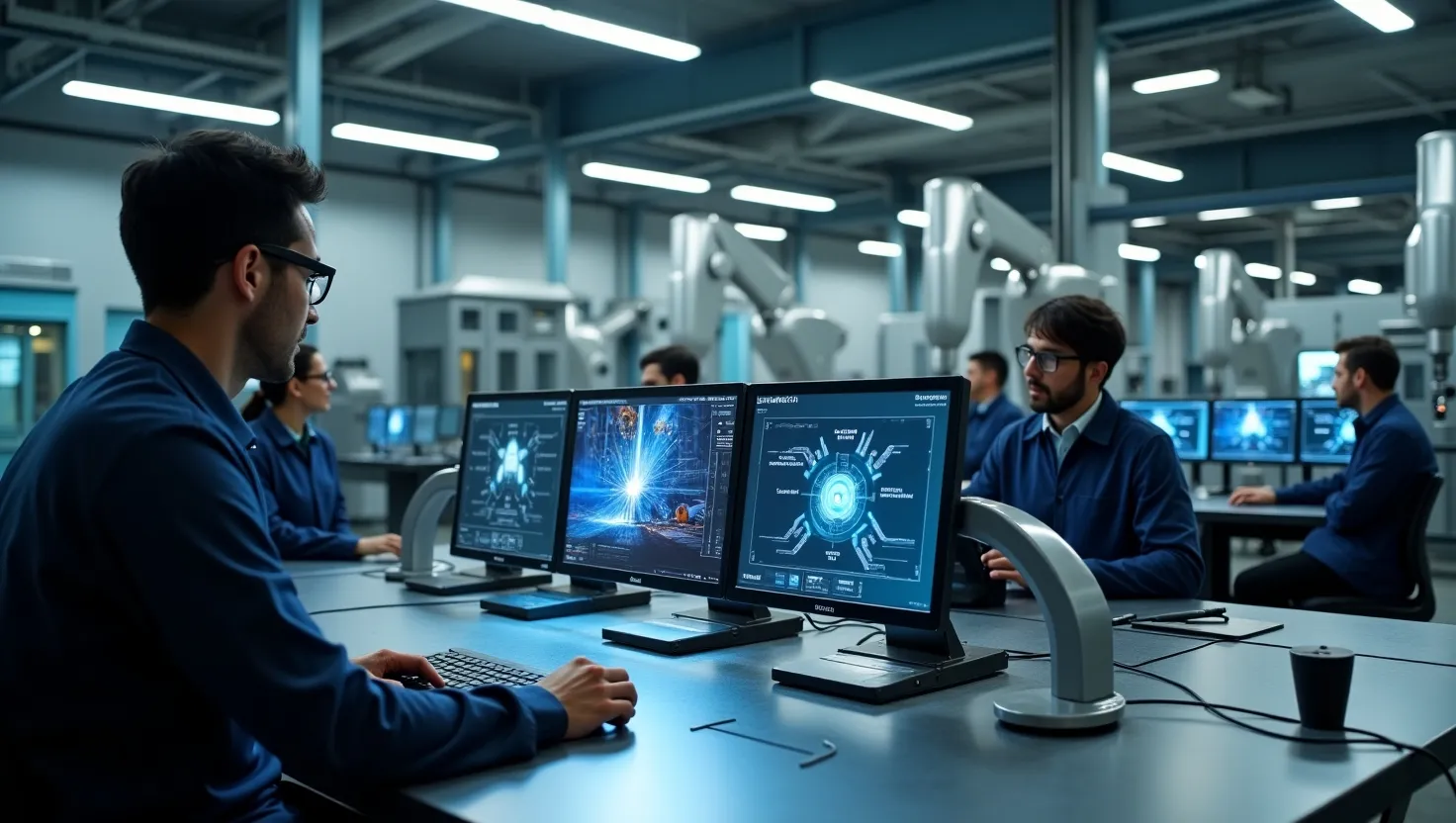
Yet the corporation is aware of the risks. Challenges such as technological delays, integration with aging production chains, staff resistance, and a shortage of skilled maintenance engineers demand a well-planned change management strategy.
Global Context
Interest from industrial leaders such as Uralkali and VSMPO-Avisma underscores the initiative’s strategic value for the mining industry. According to the International Federation of Robotics, industrial robot deployment worldwide continues to accelerate. Mining companies abroad are already testing autonomous drilling rigs that can operate in abandoned underground mines—environments too dangerous or inaccessible for traditional drilling.
For example, the Stinger Robot project demonstrates the potential of self-stabilizing, narrow-space drilling systems. Multi-robot fleets capable of coordinating exploration and extraction tasks are also in development.
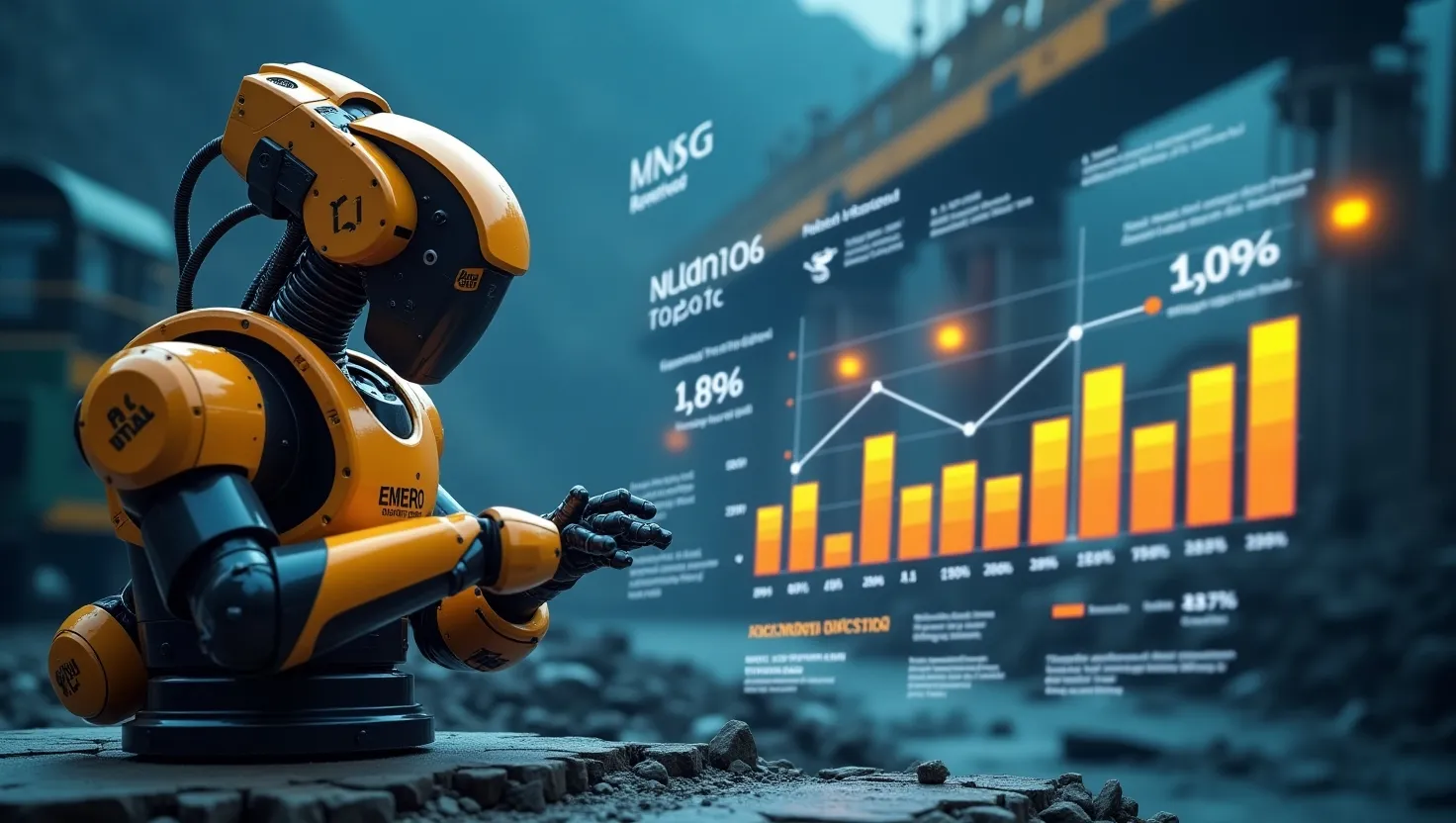
Russia’s industrial sector has made progress in this area over the past five years, but until now, efforts were fragmented. Rosatom’s initiative—supported by defined KPIs and clear deadlines—introduces a unified national framework. It effectively shifts robotics from experimental innovation to a core element of Russia’s industrial policy.



